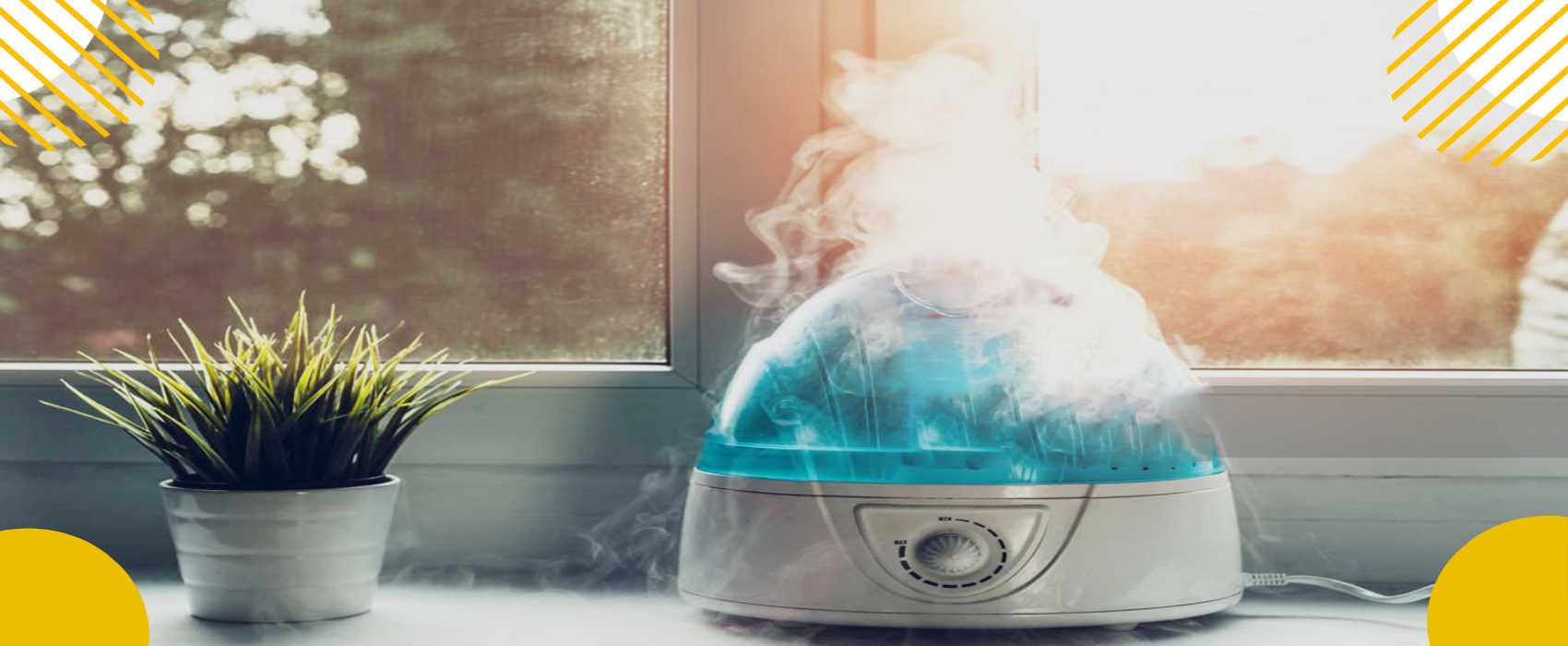 24 july, 2022
24 july, 2022
A humidifier is a device that increases humidity in a single room or an entire building. Spot-use humidifiers are used to humidify a specific room in the home, while whole-house humidifiers, or humidifiers connected to the heating and cooling system, supply humidity to the entire home. Humidifiers are commonly included in medical ventilators to improve patient comfort. Large humidifiers are frequently used as part of a larger HVAC system in commercial, institutional or industrial settings.
● Different Types Of Humidifiers
The type of humidifier you choose depends on your preferences, budget, and the size of the space to be humidified. Humidifiers are classified into five categories:
1. Central humidifiers
2. Vane humidifiers
3. Evaporators
4. Ultrasonic humidifiers
5. Steam vaporizers
2. Humidifiers with rotors
Humidifiers with rotors use discs that rotate at high speed to produce humidity. These models are usually cheaper. They are also one of the safest devices for children, as they emit a cold mist that does not cause burns. To prevent bacteria or minerals from spreading into the air and being inhaled, it is important to clean the humidifier regularly, change the filters, and use demineralized water.
3. Evaporators
A moistened filter is blown through an evaporator. A single unit system uses fans to power the device and remove moisture from the air. Because no heat is used, it is suitable for use around babies and young children. Although they are less expensive than central humidifiers, they can only be used in one room at a time. These can also release excess moisture into the environment.
4. Ultrasonic humidifiers
They really do an excellent job of humidifying the air. In fact, they can add much more moisture to the air, which can become a disadvantage as it often results in an overhumid environment that encourages mold growth and dampness. Therefore, an ultrasonic humidifier should include a humidistat that can monitor humidity levels and turn off the humidifier when the air is sufficiently humid. Some units need to be cleaned regularly to prevent the growth of bacteria and mold, while others use a stable ceramic filter that does not need to be replaced.
5. Steam Vaporizers
Steam vaporizers are powered by electric current. They heat and cool water before releasing it into the air. Simply add water to this device and it will heat and cool the water appropriately to allow for convenient steam inhalation. They are the most
economical and portable humidifiers available. They can be found in pharmacies.
When it is necessary to maintain a precise level of humidity to prevent the generation of static electricity, maintain the characteristics of materials and create a comfortable and healthy environment for workers or inhabitants, industrial humidifiers are used.
● Advantages Of Having A Humidifier.
1. Less spread of germs.
Humidifiers can help you stay healthy by adding moisture to the air. According to studies, humidifiers have been shown to help prevent the spread of the flu.
2. Protect Furniture
Wooden furniture and floors can crack and break if there is not enough moisture in the air. Using a humidifier helps preserve the structure of the wood.
3. Helps care for your skin
Adding moisture to the indoor air with a humidifier can help prevent the appearance of dry, cracked skin.
4. Keeps indoor plants safe.
Dry, cold air also affects plants. Its leaves begin to fall and the ground seems drier than usual. A humidifier can benefit both you and your houseplants.
5. Helps you sleep better.
Keeping the humidity level at a comfortable level when you are trying to sleep helps you relax.